There always seems to be much discussion about what “the younger generation is doing online,” and how some new viral trend on TikTok is something that “you can’t ignore.” But recently I became obsessed with something else: what we can learn from artists in their 90s. Today I want to share a series of profiles that absolutely stopped me in my tracks, gave me goosebumps, and inspired me to no end.
And the lessons I’ve been taking from this are:
- You never have to stop creating. Or rather, it is your choice if/when you stop creating.
- You will grow and change as a human being, and your writing and art can grow and evolve with you.
- You will never run out of ideas.
- Your process can — and should — be unique to you.
- Being outside of trends can be the most valuable thing you can do to create a unique body of work.
- Being part of a creative community can feel rewarding and be a great support system.
If you are someone who wondered, “Is it too late for me as a writer?” or “Does my work matter?” or “Should I keep creating?” I beg of you to keep reading… I hope you will be as inspired as I was by these artists.
Okay, let’s dig in to today’s topic. Everything I share came from video on each artist, which are linked below…
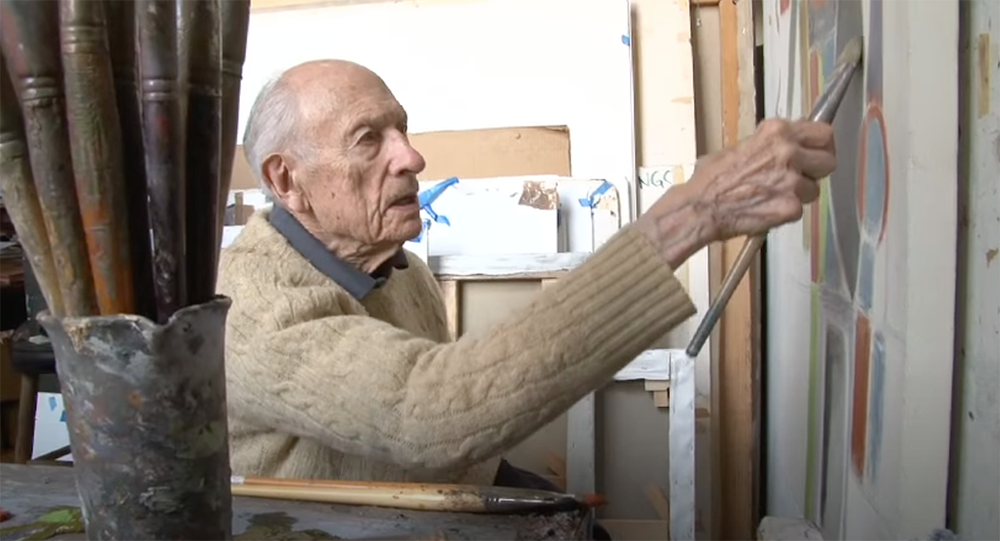
Will Barnet at age 99
He describes the ethos he and his friends had becoming artists during the Great Depression: “You were doing your art, but you didn’t expect to sell or make money. Art was a form of deep commitment and passion.”
This always feels like the first thing to never forget — that even as we hope our work reaches readers and gets shared, that we do this work first because we believe in the power of creating. The creative act itself, is enough. We are better people for it.
And for those of you worried about what artificial intelligence will do to writing and art, I love how Will’s beliefs speak to this, although unintentionally:
“Being around a long time now and seeing every… school [of art] their is… I just feel that there is nothing better than the human touch. When you look at the work of all the great painters, there is a sense of humanity in it. You can live 500 more years and still enjoy them, I would never lose interest.” [Source]
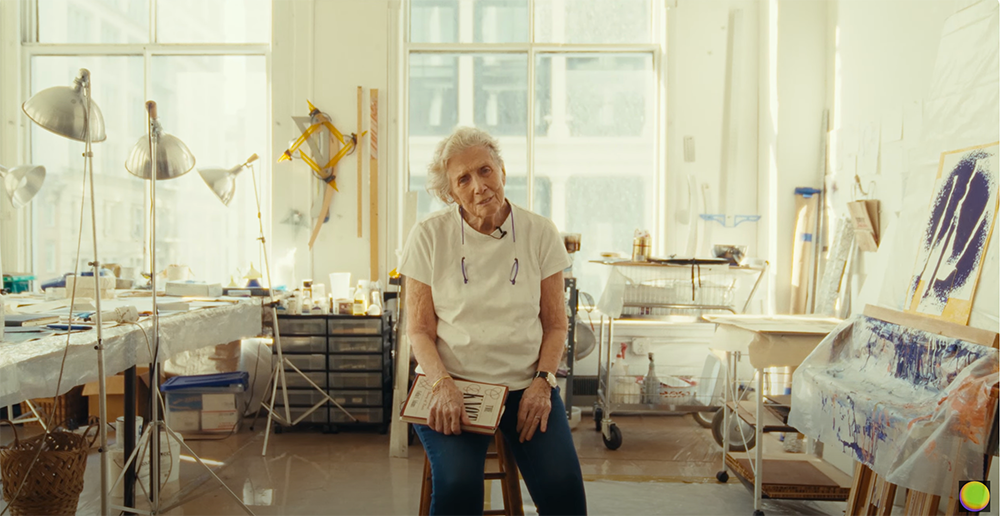
Dorothea Rockburne at age 91
Dorothea Rockburne talks about growing up before World War II and being a sickly child, and how at that young age it taught her to appreciate every day of being alive. Seeing her in her amazing studio, actively creating, shows the fruits of that idea.
She describes being in art class at age 13, and her teacher and fellow students appreciating her painting. She says, “I thought to myself, why does nature do it better? I spent the rest of my life trying to find out.” It’s amazing to me how such a simple question can keep someone curious and creating for so many decades, and likely still feel they are only on the cusp of understanding. That is the beauty of why we create.
It’s incredible to consider that she has worked out of the same 6,200 square foot loft in New York City since 1973. That is the year I was born, which means that every day of my life, she has been there creating. And she isn’t done yet.
Dorothea describes her daily process: “There is a transformation which happens when I begin to work… it makes me feel that my art is a part of the universe. I have to paint. It is like breathing. No paint, no life.” [Source]
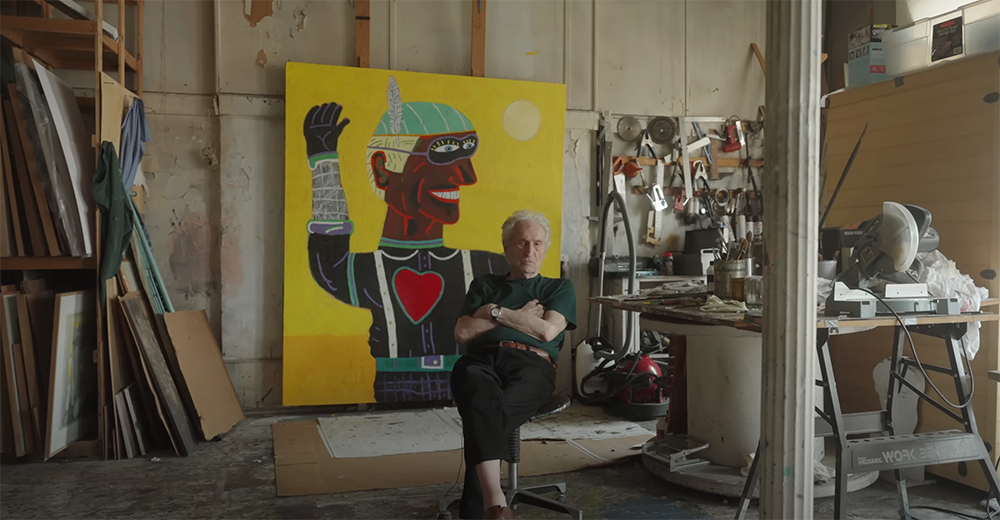
Carmen Cicero at age 96
He tells the story of how his friends literally dragged him to galleries to try to sell his work, because they believed in him so much.
As he looks through old photos of himself, he laughs saying that he wishes he was that age again. What age was he in the photos? My age. Your age. He dreams of what you and I have right now.
Carmen told the story of his art as being a part of the very first exhibition at the brand new Guggenheim museum in 1959, and how he met Joan Miró at the show. Joan would have been 66 at the time. The two corresponded via mail afterwards. I love to consider that connection between generations, and how art is the constant. [source]
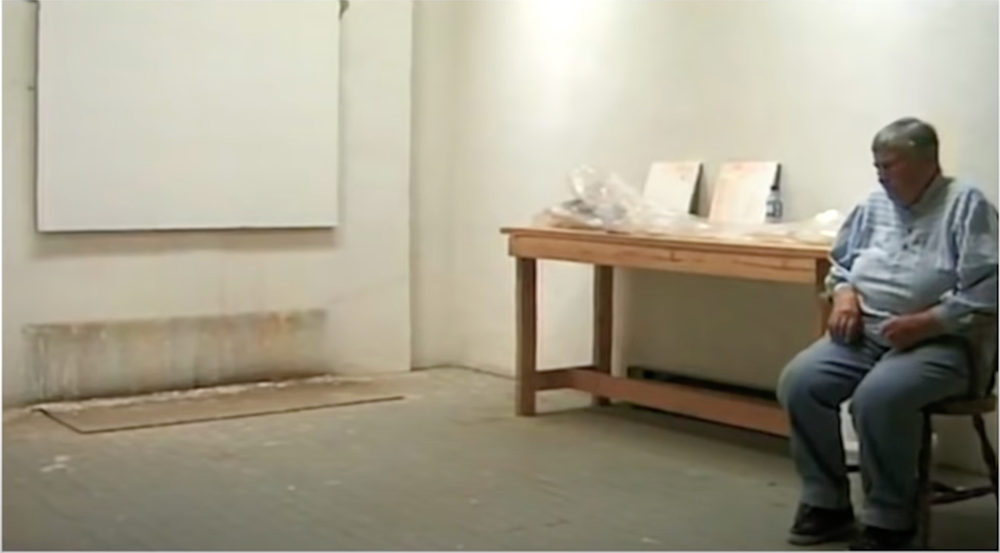
Agnes Martin at age 86
Evidently, a vision would appear to her of the final image she wanted to paint, but at a very small scale. So she would then do math to scale up the idea to the size of a large canvas.
People would question her, asking what her paintings were about, and she would explain, “From music, people accept pure emotion. But from art, they demand explanation.”
You don’t owe anyone an explanation about what you write and create, or why. Now, inherently my work everyday with writers is about connecting what we create to others. But Agnes’s words are a powerful reminder that we get to choose if we share, how we share, or when we share.
She talked about how early in her career, she was frustrated with the work she was creating, saying,“Every day, I painted, and I got closer and closer. It took me 20 years…”
These decades of experimentation lead her to the vision she dreamed of. Living up to our creative vision takes time, but the journey is worth it.
At age 86, she said, “I think of nothing but painting. And the older I get, the more I like to paint.” I love the idea of her being an artist in full bloom at this age and beyond. [source]
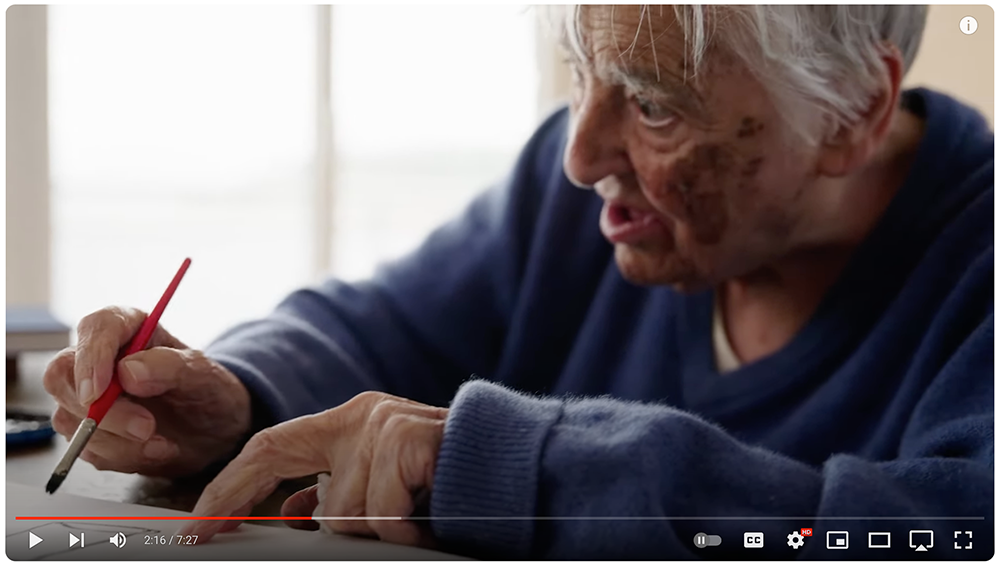
Etal Adnan at age 96
I love this reminder that every aspect of what inspires you is infinite in what it can show you, and how that can translate to what you write and create. [source]
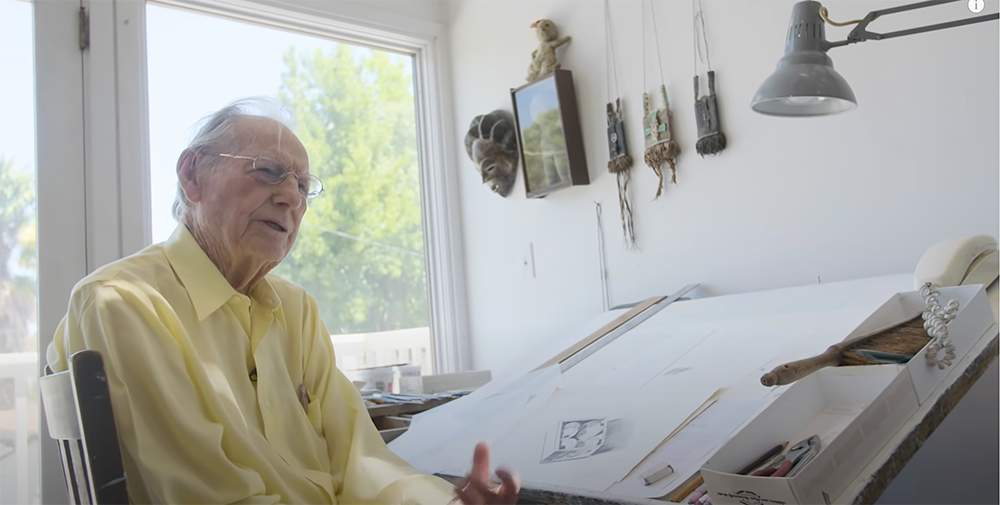
Wayne Thiebaud at age 96
“Painting is inert, but painters find a way to bring it to life. Alternate worlds and universes. Great works from imagination… this, for you, is my world to look at.”
He describes what it means to create professionally: “I knew that wasn’t a good career choice. Most of the painters I knew were just barely able to survive, and they had other jobs. I don’t believe in the idea of success. When we surrender ourselves to that, I think we have lost something special.”
And the moment he made his own decision to become an artist, saying to himself: “I want to become a painter. ‘How do I do that?’ I said. With extreme difficulty, and reality, and I probably won’t be able to make a living, but you can make a life. With a kind of calm and ineffableness.”
His reflections ignore what we so often talk about when we consider creating and sharing: “Will I get followers?” “Will I get likes?” That may come, but first, we welcome in what inspiration and creativity provides. [source]
So often, our culture looks to the young to define priorities. All I can say is that these interviews with those who have been creating for decades filled my well with inspiration this week.
My goal in sharing these is not to pressure you to create without ever taking a break. Rather, it is that we are each filled with an unending source of ideas. And it is up to each of us if and how we choose to create and share in our lives.
Please let me know in the comments: is there a writer or artist whose career has given you wisdom that drives how you create, and how you appreciate the life of a writer or creator? Tell me about them and their wisdom.
And this week I shared a 23+ minute video for my paid subscribers where I let you look over my shoulder as I analyze how to get more engagement on Substack. The goal is to focus on meaningful interactions, not hollow data. You can become a paid subscriber and access the video here:
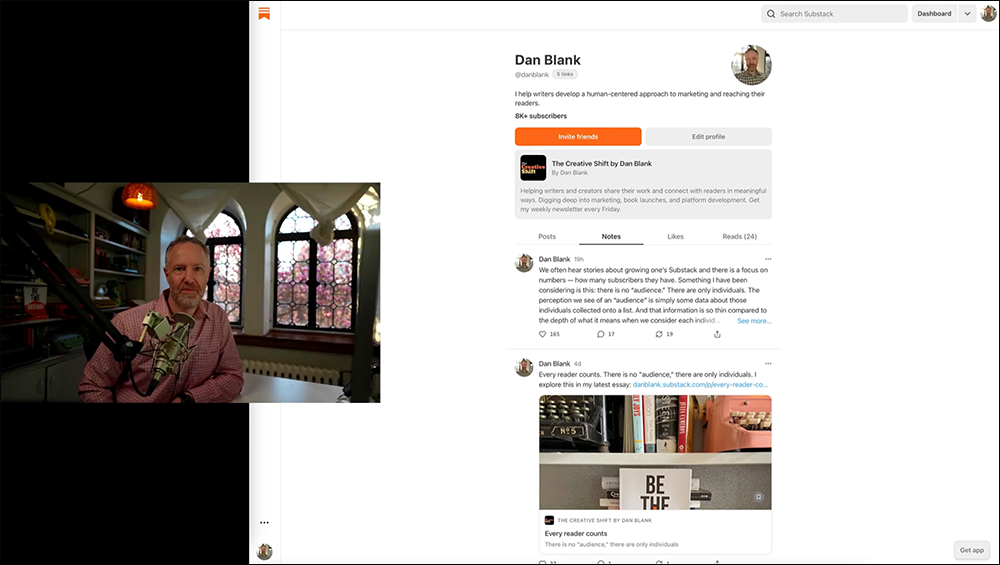
Thank you for being here with me.
-Dan
